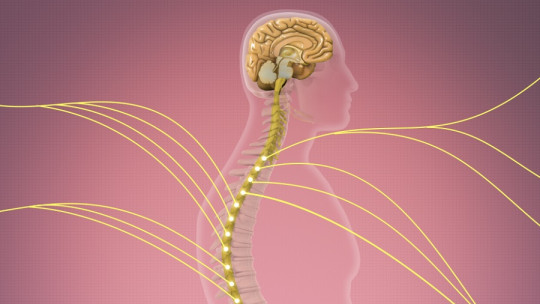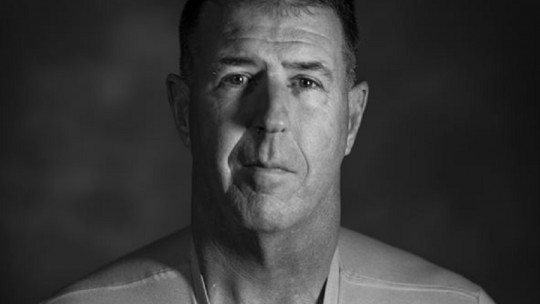
Feeling pain is normal and part of our immune system The body uses pain as an alarm signal, a warning that tells us that something is not right and that for some reason we are in danger. However, this feeling usually goes away as soon as the threat disappears.
What happens when pain never goes away and is part of the individual’s life? So we are faced with a problem of chronic pain
What is chronic pain?
If you are completely unaware of what chronic pain is, you can start by watching this video about its main characteristics:
Who suffers from chronic pain?
According to a study by Oye Gureje and his collaborators, approximately 23% of people suffer from chronic pain This rate increases with age, affecting up to a third of the elderly population. Furthermore, the World Health Organization itself recognizes that it is a highly disabling problem in all its forms: low back pain, arthritis, headache, fibromyalgia, among many others.
The pain that accompanies these problems is not always the same: there will be days when the person suffering from them only feels discomfort – this being a good day – and others when the pain will be so intense that they will not be able to move from the chair.
Pain episodes are impossible to avoid; one must learn to live with them and find a way to manage them as much as possible. The best way to do this is through stress management.
Taking back control
Thanks to a study by Dr. Kimberly T. Sibille, we know that people with chronic pain show higher levels of stress than other people, both on a biochemical and psychological level. Furthermore, when we are under stress our perception of pain increases. Thus, people with pain enter a vicious circle in which, when faced with a stressful event, they feel more pain, thus generating more stress and escalating their suffering.
The role of the psychologist is to break this cycle so that the patient does not experience these episodes in such a painful way and improve their quality of life. The key to pain management lies in the appraisal of control, or the belief that one has the resources to manage the pain.
How can we get someone to learn to control chronic pain? In this sense, both the biofeedback As the Mindfulness .
Techniques to control chronic pain: Biofeedback
Broadly speaking, the basic component of training in biofeedback is learning to control various biological functions using the information from those functions.
In chronic pain, a electromyography A very thin needle electrode is inserted through the skin into the muscle. The electrode in the needle detects the electrical activity released by the muscles. This activity appears on a nearby monitor and can be heard through a speaker. Thus, the patient is able to identify signs of pain, control muscle tension to achieve relaxation and thus reduce the pain experience, etc.
The philosophy of Mindfulness
The Mindfulness philosophy It is based mainly on living in the present, on being attentive to what is happening without judging or interpreting. In other words, it is based on accepting reality as it is. In fact, it is sometimes considered as a technique for other therapies such as acceptance and commitment therapy.
We invite you to discover the psychological benefits of Mindfulness by consulting these articles:
“What is Mindfulness?: the 7 answers to your questions”
“Mindfulness: 8 psychological benefits of full attention”
Its application in patients with chronic pain is based on the idea that it can help them accept the pain and therefore reduce avoidance, and to have more control over their attentional processes so linked to the perception of pain. In fact, when Mindfulness is evaluated as a capacity or personality trait, it correlates with pain. People who score higher in Mindfulness feel less pain, have a higher quality of life and suffer fewer negative emotions.
There are many other techniques such as relaxation for problems such as headaches or migraines, emotional writing to make sense of the experience, or training the person to focus their attention elsewhere than on their pain during episodes. Each patient will do well with a different type of intervention depending on their characteristics and their episodes.
This shows that if you suffer from chronic pain, no matter how disabling it may be, it is possible to learn to manage it and live with it. Quoting Gautama Buddha: “Pain is inevitable but suffering is optional.”








